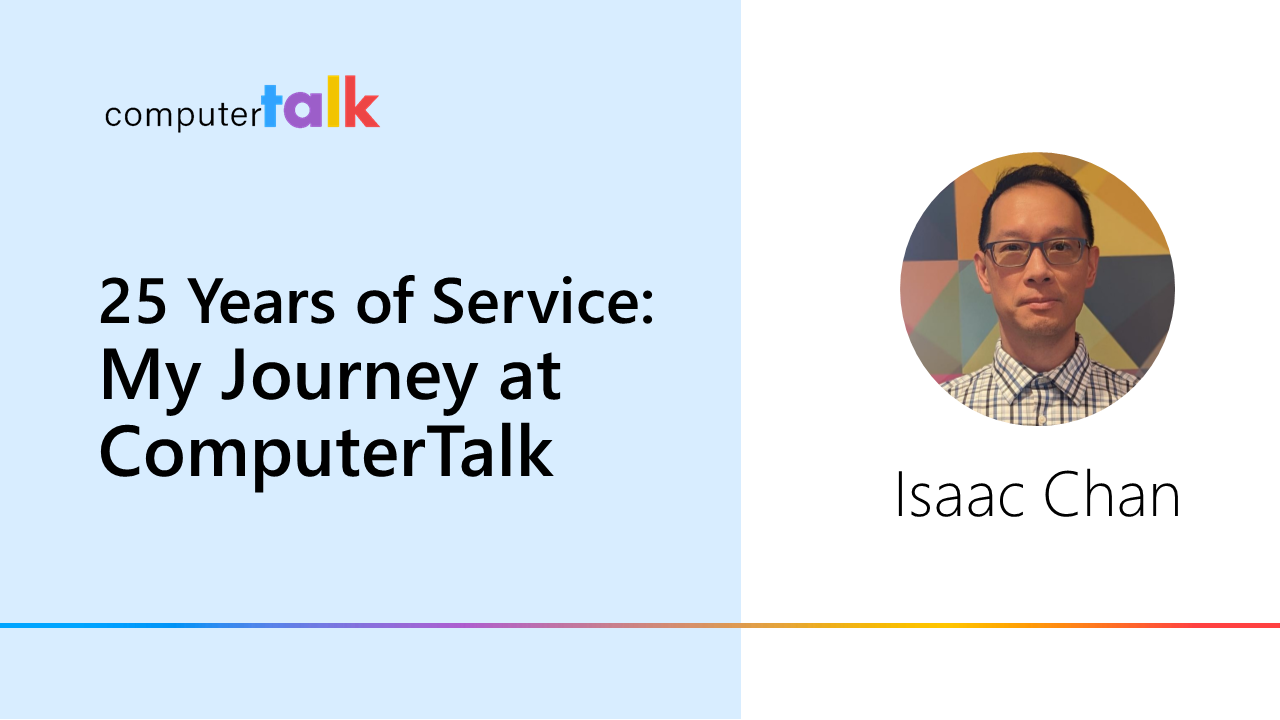Key Ways to Improve Customer Support Services
by Nicole Robinson | Published On October 13, 2023 | Last Updated October 4, 2024

Elevate your business with effective customer support strategies. Discover key approaches to optimize service quality, enhance customer satisfaction, and achieve long-term success.
For progressive, competitive businesses, prioritizing customer satisfaction is more than a courtesy—it's a strategic imperative. This satisfaction, often the result of effective customer support strategies, is not merely a feel-good metric; it’s intrinsically linked to a company’s bottom line. Companies adept at delivering exceptional customer service are remarkably positioned to experience sales increases, with some projections suggesting gains of more than 20% in total company revenue. In such an environment, it is impossible to overlook the value of a satisfied and loyal customer base.
These customers, thrilled with the high-quality service they've received, essentially become brand ambassadors. In an increasingly crowded market, superior customer service is an influential differentiator, propelling brands into a sphere of remarkable recognition and trust.
Achieving this, however, requires more than good intentions. It demands a calculated and thoughtful approach centered around call center optimization to ensure that every customer interaction is handled efficiently and empathetically, turning customer support into a key strength and strategic asset for the business. Read on to uncover 4 key strategies to systematically enhance your customer support services.
1. Designing and Implementing Efficient Workflows
Developing customized call flows for different customer issues is a great practice. Think of a call flow as a strategic road map outlining how a call travels within your organization's phone system, from the moment the call is received to its resolution. Workflows can improve the customer experience by guiding calls more effectively, especially in cases of misdirected or busy lines. While they may not instantly solve the issue, having structured workflows in place helps make the process smoother and ensures that customers are handled efficiently, no matter the situation.
Approximately one-third of customers cite waiting on hold as their primary source of frustration, while another third are particularly annoyed by having to repeat themselves to multiple representatives. To avoid this, consider implementing skills-based routing to ensure customers are routed to the agent most skilled and knowledgeable to handle the interaction, thus reducing the chances of customers getting transferred.
Moreover, integrating automation to streamline support processes is a cornerstone of call center optimization. Automation tools, such as Interactive Voice Response (IVR) systems and chatbots, can quickly route calls based on customer input or predefined criteria, reducing wait times and freeing agents to handle more complex issues. It also enables call centers to operate more efficiently by using tools like automated follow-ups, post-call surveys, and case management updates, which keep interactions flowing smoothly
Properly designed call flows, along with automation, can have a significant impact on First Call Resolution (FCR) rates. FCR is the percentage of customer inquiries or issues resolved during the first interaction without a need for a follow-up. It’s a critical metric in gauging customer satisfaction and operational efficiency.
2. Leveraging Data Analytics for Customer Insights
Through data analytics, organizations can uncover profound insights into customers’ needs by systematically monitoring critical data points, such as customer behavior, surveys, product usage, and the quality of customer support interactions. This information, when analyzed effectively, can translate into actionable intelligence, guiding businesses to refine their offerings and communication strategies.
Here are 3 examples of how data analytics can support an organization’s customer service strategy:
Predicting Customer Needs: After identifying the common trends and issues customers are having, businesses can forecast customer behaviour based on historical data and allow them to anticipate customers’ needs before they reach out. This leads to faster resolution time and higher customer satisfaction.
Optimizing Workforce Management: By tracking call volumes throughout the day, week, month or year, managers can schedule their agents accordingly to ensure optimal resource allocation – no understaffing or overstaffing. Having the right number of agents at the right time reduces customer wait time and agent idle time.
Personalizing Customer Interactions: By obtaining details such as a customer’s purchase history or preferences, agents have all the information they need to personalize the customer experience. Based on their purchase history, for example, an agent can recommend add-ons or accessories to complement the product.
Utilizing data to understand customer behavior and preferences doesn't just create a more tailored and engaging customer experience—it's also a significant driver of financial performance. For instance, personalization, guided by these data-driven customer insights, can typically lead to an increase in revenue for brands, often in the range of 10 to 15%.
3. Effective Resource Allocation and Agent Training
Successful customer support strategies require a forward-thinking mindset. The constant ebb and flow of customer inquiries demands a proactive approach to staffing and training, ensuring that agents are both available and adequately prepared when they are needed most.
Here are some of the fundamental steps involved:
Forecasting and Planning: This involves utilizing historical data and predictive analytics to accurately anticipate call volumes and, thereby, the requisite staffing levels. This data-driven approach enables managers to adjust resources well in advance of peak times, maintaining service quality without overstraining staff.
Creating Flexible Staffing Options: This includes options like part-time or remote workers, which allow companies to adapt swiftly to fluctuations in call volumes without compromising customer experiences.
Implementing Automation Technologies: Investing in IVR systems and chatbots is essential. These tools are designed to handle routine inquiries, significantly reducing the workload on live agents while maintaining a human touch.
Continuous Training and Skill Development: This involves programs like cross-training, which equip agents to handle multiple functions within the call center, boosting their adaptability and resilience during high-demand periods.
Incorporating these fundamental steps into customer support strategies fosters a forward-thinking approach that enhances efficiency, responsiveness, and customer satisfaction. This not only improves the quality of customer interactions but also positions the organization for long-term success in a competitive market.
4. Implementing Personalization Across All Customer Interactions
Achieving superior customer engagement and experience stands as a critical differentiator for businesses striving to outperform their competitors. One way of doing this is by personalizing the customer experience.
According to McKinsey, personalization leads to more engaged customers and can lead to a 10-15% boost in sales conversion rates.
Personalization, when executed well, can be transformative, but it is not without its challenges. Companies are tasked with integrating vast amounts of data to tailor interactions in real -time across various platforms while maintaining the customer’s privacy and trust.
In parallel, a notable 43% of organizational leaders report a surge in customer expectations for seamless, integrated experiences across various channels. The rise of omnichannel support highlights an essential evolution in customer service. This customer support strategy isn't just about engaging customers through various channels; it’s about weaving those channels together so seamlessly that the customer feels they are engaging in one continuous conversation with the brand.
Securing Excellence in Customer Support
The future of a business’s success depends on its ability to adapt and innovate. Key strategies for optimizing customer support services are no longer just about addressing issues; they are central to defining a brand's relationship with its customers. As we look to the future, businesses that leverage data, invest in their support teams, and commit to excellence in customer engagement will not only meet but exceed customer expectations, securing their place in the marketplace of the future.
Looking to transform your customer support? Learn how to unlock efficiency, excellence, and customer satisfaction in your call center. Start your journey with us today!
More from our blog
 Explore the necessity of advanced security protocols for cloud-based contact centers and safeguarding your operations.
Explore the necessity of advanced security protocols for cloud-based contact centers and safeguarding your operations.
 I have been working at ComputerTalk for a quarter of a century! I can't count on one hand the events in my life that surpass this milestone.
I have been working at ComputerTalk for a quarter of a century! I can't count on one hand the events in my life that surpass this milestone.
 Microsoft recently announced Microsoft Teams Phone extensibility at Enterprise Connect. ComputerTalk is excited to work with Microsoft on another early adopter project, continuing our commitment to innovation and seamless integration within the Microsoft ecosystem.
Microsoft recently announced Microsoft Teams Phone extensibility at Enterprise Connect. ComputerTalk is excited to work with Microsoft on another early adopter project, continuing our commitment to innovation and seamless integration within the Microsoft ecosystem.

